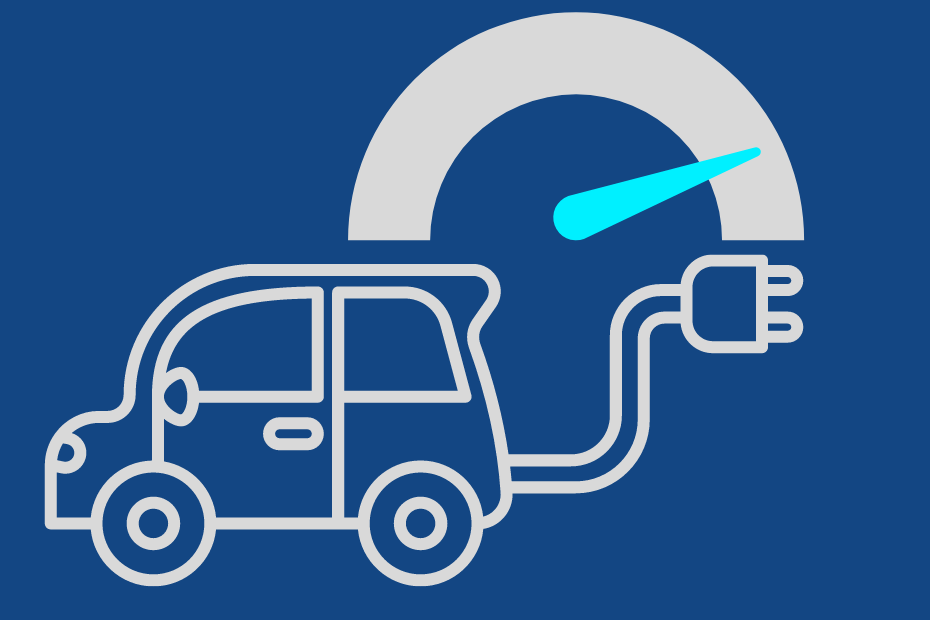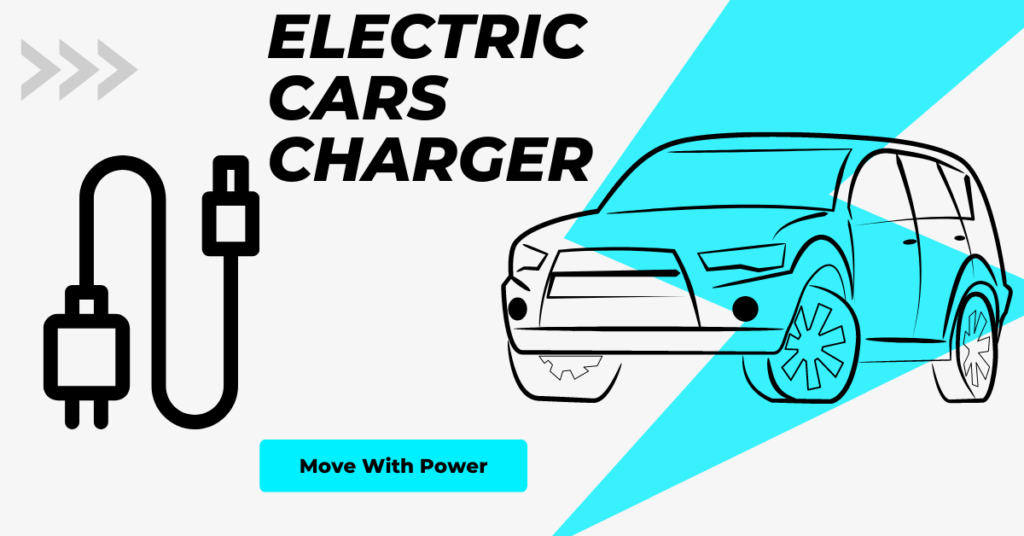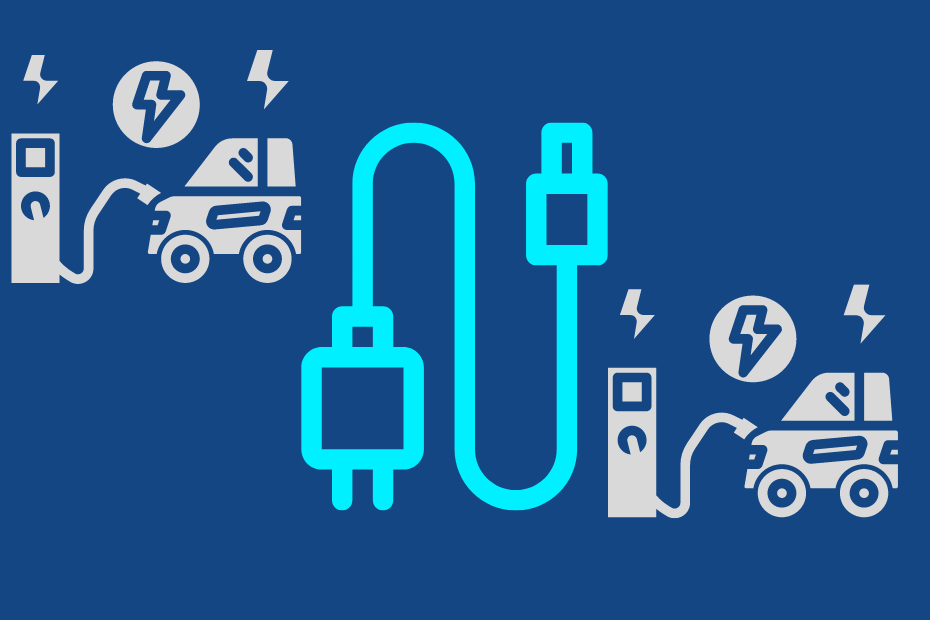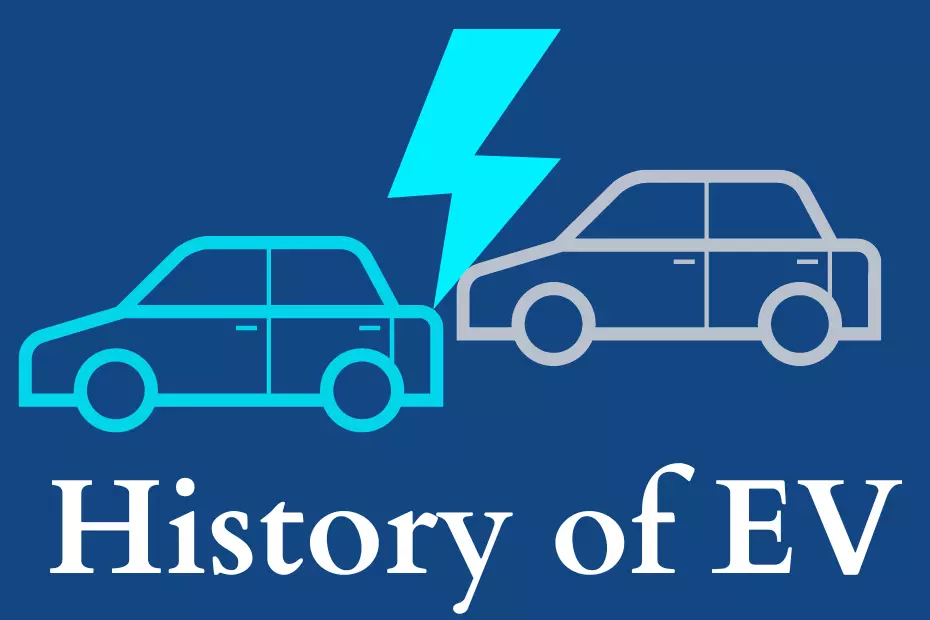EV Charging: All You Need to Know in 2023

The popularity of EVs has been increasing day by day, and this trend is increasing more and more. The benefits of using an electric vehicle are that you will be able to avoid costly trips to the petrol station while also protecting your health and the environment. One of the major concerns for EV owners is knowing how to charge their cars.
However, with more and more EV public charging stations available nowadays, it is becoming less of a concern for electric vehicle owners. According to research, more individuals will purchase electric vehicles than conventional internal combustion engine vehicles in the coming days.
This is because EVs emit no pollutants, whereas internal combustion engine vehicles immediately release carbon dioxide into the atmosphere after starting up. So, what is the electric vehicle charging process? And how does it work? Check out the entire article to find out.

What is Electric Vehicle Charging?
Electric vehicles require charging to have adequate power to function, similar to a mobile. Electric vehicle charging is the procedure of supplying electricity to the vehicle’s battery using electric vehicle charging tools. To charge this type of vehicle, you need to connect its charging port to the power grid of an EV charging station.
If you want to know what is electric vehicle supply equipment, then it is technically known as EV charging stations. There are different charging processes for different electric vehicles. EV charging is easy, affordable, convenient, and clean, especially when you’re plugged in at your house. There are 3 options for you where you can charge your electric vehicle. They are a public charging station, a house charging station, or a workspace charging station.
.Whether you have an electric vehicle or a plug-in hybrid electric vehicle, if you are charging at home, you need to have a Level 2 EV charger. Commercial EV charging applies to workplaces, EV fleets, and multi-family houses charging stations. Customers and employees can utilize a commercial EV charging station. Also, many electric vehicle charging stations can be used by the public.
Know The Electric Vehicle Charging Process
There are 3 methods of charging an electric vehicle. These are known as level 1, level 2, and level 3. Below we will elaborately discuss these 3 levels:
Level 1
Level 1 is the easiest electric vehicle charging level. This charging process involves plugging the electric vehicle into a regular 120V AC outlet by using an electrical cord that comes with the EV. You need to plug the correct plugs at each end of the electrical outlet. The battery is then charged using your electric vehicle’s built-in battery charger.
The problem with this level is that it charges the EV very slowly. It will take nearly 40-50 hours to charge the EV fully if you are charging from empty. A 10-hour overnight charge would only increase the battery’s range by 58 miles. Only EVs with a small range can benefit from level 1 charging when their daily driving distance is minimal or when there are several days between EV usage.
However, it’s important to remember that American vehicle owners only travel 31 miles each day on average. Therefore, Level 1 might be plenty for your everyday requirements or, to increase some mileage of your electric vehicle. Level 1 chargers are readily available, and affordable, and you can also carry them easily with your EV.
Level 2
This charging method is when you plug an EV into a 240V outlet with more electricity. It uses about the same amount of electricity as some household appliances, like clothes dryers. Unlike smartphones, which can be charged using any standard electrical outlet, electric vehicles have specific kinds of connectors.
When using a level 2 charging station, you must be aware of the type of charger that works with your car. We have found out that for home or public level 2 charging, the most popular connector type is the SAE J1772. Currently, level 2 chargers are available for up to about 20 kilowatts.
Several level 2 chargers are around the range of 7 kilowatts to 10 kilowatts, which is sufficient to completely recharge maximum electric vehicles overnight. These chargers take 4 to 10 hours to fully charge your electric vehicle. Their prices are moderate and they are readily available. However, finding a 240-volt outlet can be harder than doing so for a 120-volt outlet.
Level 3
Level 3 charging or DCFC charging is the fastest charging process for your EV. In this charging process, DC is used to charge your EV battery and AC is not needed. With level 3 charging, a battery charging system with a substantially bigger capacity can be recharged. For level 3 charging, EVs generally use a CHAdeMO connector or a Combined Charging System connector.
A level 3 charger can fully charge your electric vehicle within 20 minutes. This type of charger is getting faster day by day. The first generation generally charged EVs at 50kW. However, the current models being installed are typically at least 3 times as powerful as those that were first introduced, with some even charging at 350 kilowatts.
Level 3 chargers are substantially more costly compared to level 1 and 2 chargers. They also need a 480-volt three-phase power outlet to connect. This primarily restricts them to commercial usage, like in fleet operations or commercial quick charging stations. Level 3 chargers are especially excellent for urban drivers or time-conscious road trippers who cannot conveniently charge their EVs at home.
How Does EV Charging Work?
An electric vehicle charger transfers electric current from the outlet or the grid to the EV through a plug or connector. It is as simple as any other device or appliance you recharge by plugging into the electric outlet. An EV stores that electric current in a sizable battery pack to function its electric motor.
The connector of an EV charger is connected to an EV’s inlet through a charging cable to recharge an electric vehicle. Keep in mind that an electric vehicle battery can only accept DC electricity.
How Does a Public EV Charging Station Work?
There are a few important things to consider if you plan to park your electric car next to an EV charging station. Your credit card will be stored on file at these charging stations, and you will normally be given a card to put in front of the EV battery charger to start a charging session. You can store that card inside your center console or glove box.
Like other parking scenarios, you might only be permitted to park your EV in a parking lot for free if you are a client, or you might have to pay at a parking meter only at certain times and on certain days. To charge your EV from the charging station, first, open your car’s charging port. Then, take the charger out of the holster. Now, plug in the charger to your vehicle’s charging port and take a rest for a while.
Remove the charger when the charging is fully complete. You can also check the displayed notices and the device to make things clear for you on how to utilize the public EV charging station. You can find these stations at the below locations:
- Petrol stations
- Supermarket car parking
- Motorway services
- Shopping center car parking
- Leisure center car parking
- Street Parking
- Hotel car parking, etc.
Final Words
Finally, we can say that buying an electric vehicle is worth your money, and learning its charging process is worth your time. Knowing the EV charging process is important for electrical vehicle owners if they want to go for a long drive. Average electric vehicle owners save lots of dollars over the course of their car’s life.
They also spare the neighborhood from poisonous tailpipe emissions and aid in the permanent removal of environment-destroying fossil fuels. We are hopeful that this article has helped you better understand the whole EV charging process and its working process. Still, if you have any more questions regarding this, then our comment box is open for you.
For more articles visit: electricwander






